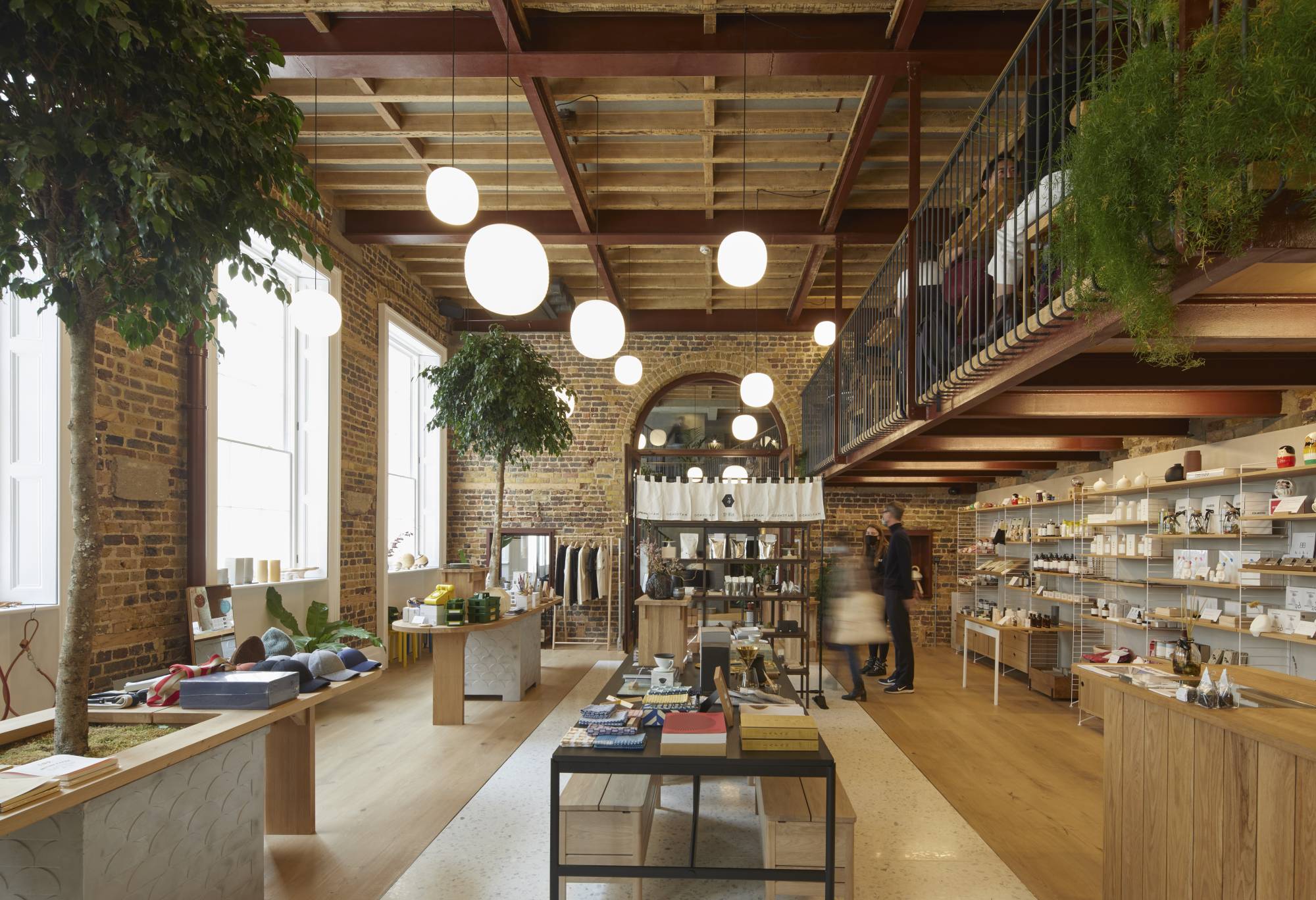Despite disruptions due to the COVID-19 pandemic, Pantechnicon has been gaining momentum among the design savvy London set since it first opened its doors in September 2020. Located in the heart of the Belgravia conservation area of London, the new cultural hub offers guests an opportunity “to go for a drink in Oslo, eat dinner in Tokyo and shop in Copenhagen.” It’s a concept that seems somewhat appropriate for our time, with a growing emphasis on the need to alter our lifestyle and significantly reduce travel in order to play our part in helping the planet.
Pantechnicon, which may very well lay claim to be the home of Nordic and Japanese creativity, also epitomizes the recent rise of “Japandi,” a new buzzword that signifies the synergy between Japanese and Scandinavian design.
Design is at the forefront of both Japanese and Scandinavian culture, as evidenced by internationally recognizable brands such as Muji and Ikea. The concept of design is, however, relatively new for the Japanese. There is no equivalent word in the Japanese language and people generally use a Japanglish word — de-za-i-n — when referring to the concept. The country has looked to the West to learn about high quality goods in the postwar era and the old stereotype of Japan being a copycat nation followed. Today we have come full circle, as designers in the West look to Japan for inspiration.



